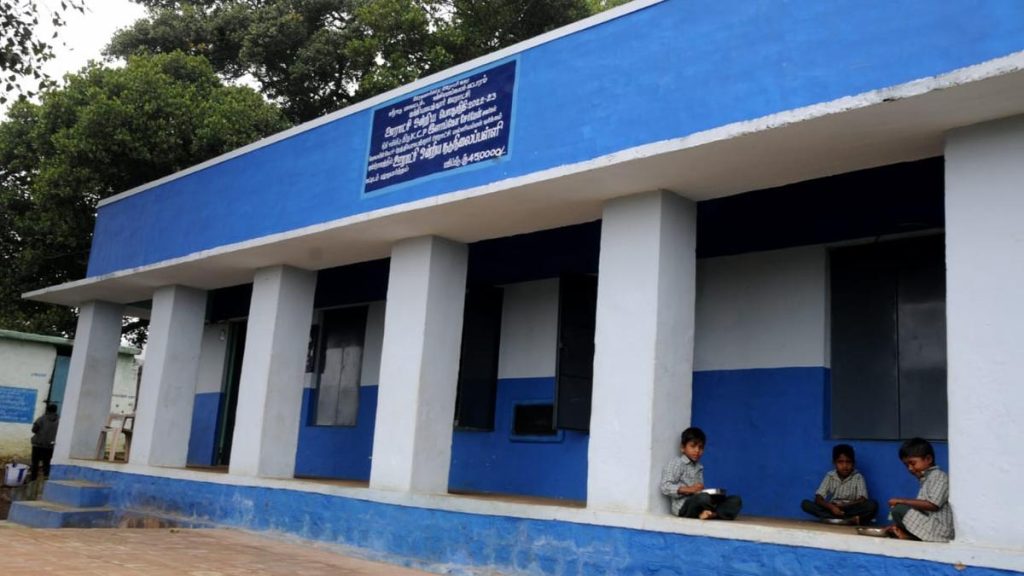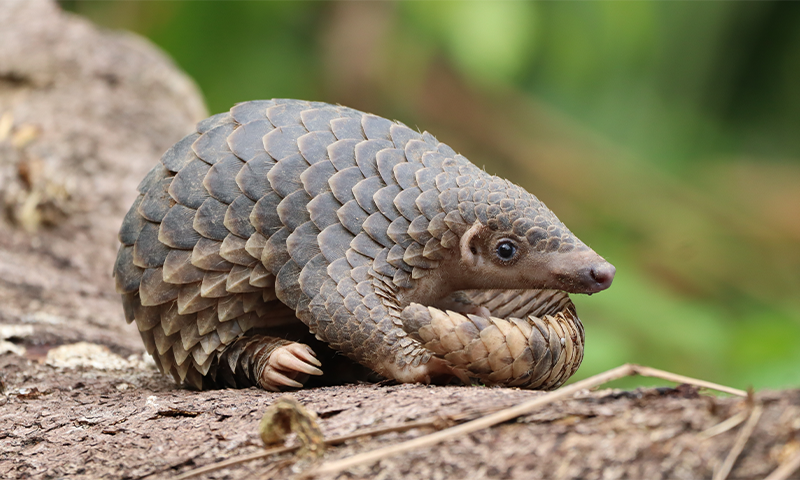Now Reading: Breast Tissue Patterns May Hold Clues to Cancer Risk
-
01
Breast Tissue Patterns May Hold Clues to Cancer Risk
Breast Tissue Patterns May Hold Clues to Cancer Risk

Swift Summary
- Researchers have identified six breast tissue patterns, or phenotypes, using advanced medical algorithms that may indicate a heightened risk for breast cancer.
- The study analyzed mammograms from over 30,000 women and revealed notable differences in risk related to dense breast tissue characteristics.
- Using radiomics technology, which extracts detailed features from medical images not visible to the human eye, researchers mapped 390 distinct features into six phenotypes.
- Phenotypes showed stronger associations with breast cancer risk among Black women compared to white women-addressing the frequently enough more aggressive nature of the disease in Black populations.
- Dense tissue in breasts can lead to diagnostic challenges by mimicking signs of cancer on mammograms; understanding these patterns aims to reduce false negatives and improve early detection strategies.
- This research could refine screening protocols by distinguishing high-risk individuals who need supplemental measures versus low-risk individuals needing less frequent screenings.
Indian opinion Analysis
This study highlights innovative use of radiomics that may revolutionize breast cancer screening globally-India included-where access and accuracy remain concerns for such life-threatening conditions. Dense breasts are known risks worldwide but pose particular challenges where healthcare resources are limited; with applied advancements like phenotype identification, it could help solve diagnostic hurdles here too.
Additionally engaging: Addressing disparity=e issue crucial universal lessons beyond those cited data mismatch




























